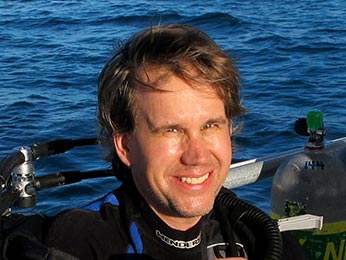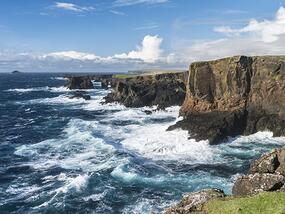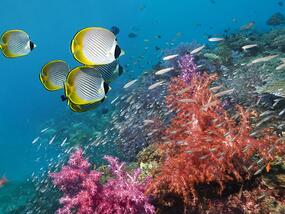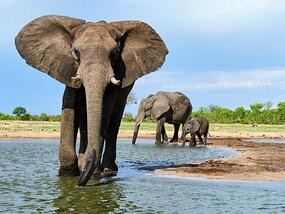LIFE SCIENCE
Marine Biology
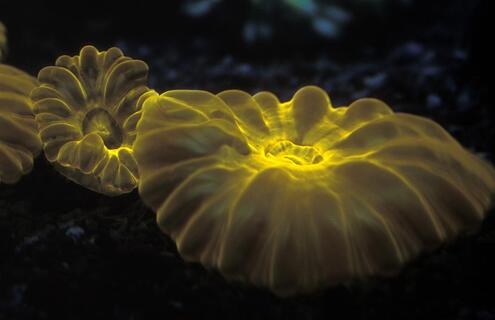
How do scientists overcome challenges to study and make discoveries in one of the world’s most inhospitable environments?
Uncover the evolutionary history of marine organisms, adaptations to life in water, the behavior of sea animals, how species interact, and the current threats they are facing. Participants will discover how adaptation leads to biodiversity in the ocean, discuss how research about marine life is applied to conservation efforts, and consider how disruptions to a marine ecosystem can lead to shifts in populations. By evaluating specific cases and analyzing scientific data, course participants will come to understand how life has adapted in diverse ocean habitats and why it matters to us. Authored by world-class experts at the cutting edge of marine and conservation biology, this six-week online course investigates life in the oceans, from the sunlit surface to the inky depths, from microscopic phytoplankton to the great blue whale.
This course begins Oct 21.
Fall 2 Session
COURSE COST
GRAD CREDIT
Uncover the evolutionary history of marine organisms, adaptations to life in water, the behavior of sea animals, how species interact, and the current threats they are facing. Participants will discover how adaptation leads to biodiversity in the ocean, discuss how research about marine life is applied to conservation efforts, and consider how disruptions to a marine ecosystem can lead to shifts in populations. By evaluating specific cases and analyzing scientific data, course participants will come to understand how life has adapted in diverse ocean habitats and why it matters to us. Authored by world-class experts at the cutting edge of marine and conservation biology, this six-week online course investigates life in the oceans, from the sunlit surface to the inky depths, from microscopic phytoplankton to the great blue whale.
Course Format
This online course is asynchronous, giving you the flexibility to complete weekly activities at your own pace. Essays, written by our authoring scientists, are supplemented by case studies, textbook readings, videos, interactive simulations, image galleries, and more. These resources provide the foundation for assignments as well as online discussions where you will exchange questions and ideas with course faculty and other learners. The course culminates in a final project, which is your opportunity to create activities that you can use with your students.
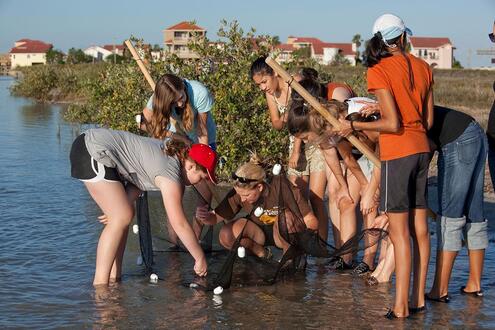
© Bob Daemmrich/Alamy
Connecting to Your Classroom
This course includes a variety of resources that can be adapted for use in your classroom. Participants frequently use course activities as a central component of their final project. For example, in this course, written by marine biologists, a four-part case study uses video, text, and data interactives to provide an in-depth investigation of the behavior of blue whales. Additional course resources include short videos and essays about the cutting-edge technology and research methods that scientists have devised to learn more about some of the most fascinating ocean organisms, from jellies, to bioluminescent fish, to dolphins.
Recent Course Faculty
This course is co-taught by an experienced classroom teacher and a working scientist. With low faculty to student ratios, this powerful combination of scientific expertise and classroom application creates opportunities for discussions about the course content and how it can be taught.
